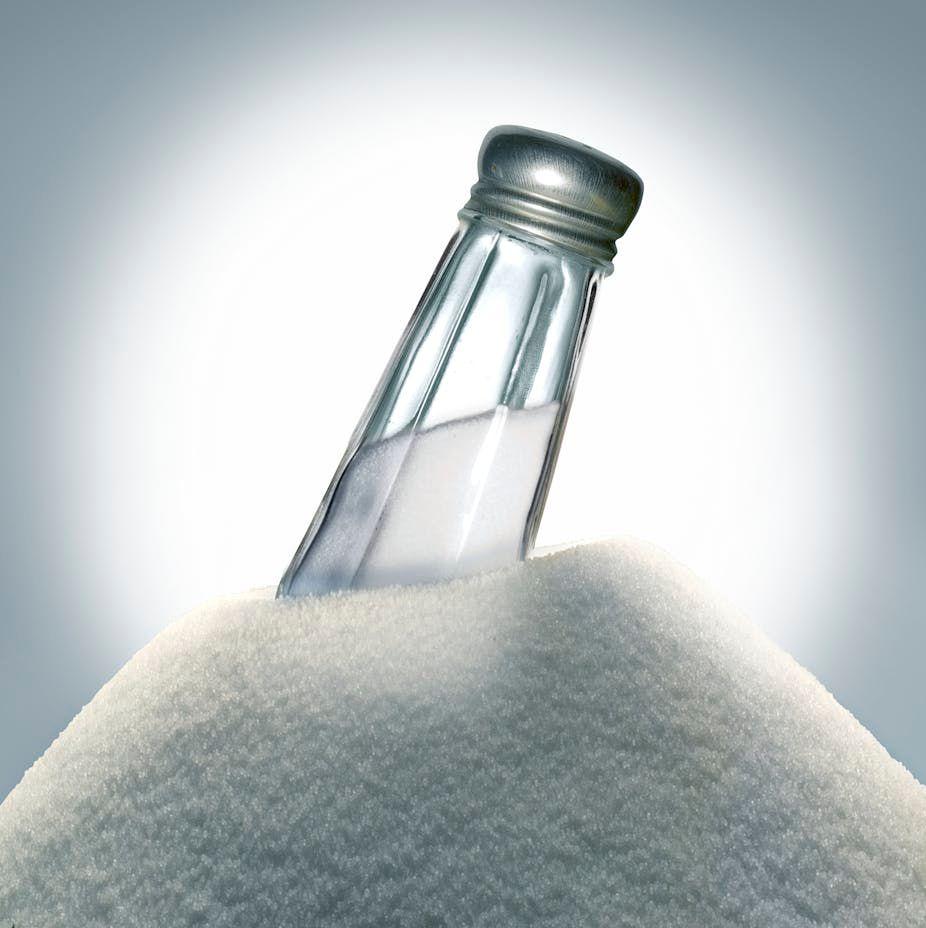Microplastics in salt: study indicates they reach salt flats from contaminated seas and rivers, and through the air

Microplastics are plastic fragments or particles smaller than five millimeters, so in some cases they are visible to the human eye. We know they're everywhere, even in our food when we add salt to it. It's estimated that there are 500 microplastic fragments per kilogram of this condiment, according to a study conducted with 13 European brands.
Considering that we consume between 6 and 18 grams of salt per day, we are ingesting between 3 and 9 pieces of plastic.
How do microplastics end up in salt? Salt production is an industry particularly vulnerable to microplastic contamination, especially when it comes to coastal solar evaporation salt pans . These types of salt pans obtain their raw material—salt water—from the sea or an estuary, which can itself contain a certain concentration of microplastics. If there is also wastewater discharge, sediment runoff, or solid waste discharge, their concentration will be even higher.
Furthermore, a recent study conducted in solar evaporation salt mines on the Iberian Peninsula has found that microplastics also contaminate salt through the air . This finding contradicts the current trend that salts obtained by traditional methods are contaminated solely due to their presence in the water from which the salt is extracted.
We have estimated concentrations ranging from 256 to 1,500 microplastics per liter of water from the inlet of the salt mine to the crystallizers—the final stage of the process—and between 79 and 193 per kilogram for packaged salt.
For the study, we obtained brine and salt samples from each stage of production, from the entry of seawater/brine to the final stage of the product ready for sale, in six salt mines in Spain, three inland and three coastal.
Inland salt pans are fed by spring salt water, which comes from the dissolution of salts left behind by the evaporation of ancient seas (Thetys, Zechstein, etc.) in past geological periods (for example, in the Miocene, approximately 5 million years ago, or in the Triassic, about 200 million years ago).
The final products of salt mines located in protected natural areas contain fewer microplastics, suggesting that the environment and surroundings of the salt mine have a significant impact on exposure to these microparticles.
Furthermore, in inland salt mines, when the water is drawn from the well, microplastics are not found in the analyses, while in later stages we do find these contaminants. We have studied isolated and disused salt mines for many years, far from populations, and we have also detected the presence of microplastics. From this we can conclude that some of the particles present in the salt are of aerial origin.

Microplastics have also been shown to contaminate salt through the air. Photo: Getty Images
Although various studies have detected microplastics in salt worldwide over the last decade, most have focused on packaged salt; until now, no work has analyzed the entire production process of this condiment. For this reason, our study is groundbreaking in understanding the origin and causes of microplastic contamination in Spanish salt mines and thus preventing contamination in food salt.
How is salt obtained by evaporation? To obtain salt by solar evaporation, salt water, stored in large ponds, is exposed to the sun and wind, allowing the water to evaporate and the salt to concentrate. In the last series of ponds, the crystallizers, the salt reaches such a concentration in the water that it becomes saturated, and the salt precipitates to the bottom, where it is collected.
Seawater typically has a concentration of between 30 and 40 grams per liter of sodium chloride or common salt, while in the crystallizer it reaches 300 grams per liter.
Once harvested, the salt is piled in large stacks to allow water to drain. Given the height of these stacks, which can reach tens of meters, they act as a windbreak and trap the microplastics it carries.
From there, the salt is transported to a warehouse where it is washed, ground, and packaged, ready for sale. In all these processes, the salt comes into contact with harvester tires, the rubber of conveyor belts, and the containers themselves, which are usually made of plastic. Therefore, there are numerous situations in which the salt can become contaminated, not to mention the microplastics carried in the source water.
It is therefore essential to have a thorough understanding of the salt production processes, of which there are infinite variations, and to identify the points where there is the greatest risk of microplastic contamination, in order to minimize their presence and thus guarantee the quality and food safety of this essential nutrient.
The health effects of this emerging pollutant are increasingly well-known. For example, they can block cell membranes and impede the proper functioning of certain physiological processes. Furthermore, plastics are also accompanied by substances that can also be harmful to health and can also be vectors for pathogenic microorganisms and potentially invasive species.
María del Mar Cledera-Castro is a full professor in the Department of Mechanical Engineering, Environmental Area, at Comillas Pontifical University.
Katia Hueso-Kortekaas is an associate professor of Environmental Engineering and Sustainability at the Comillas Pontifical University.
*Article originally published in The Conversation.
eltiempo



